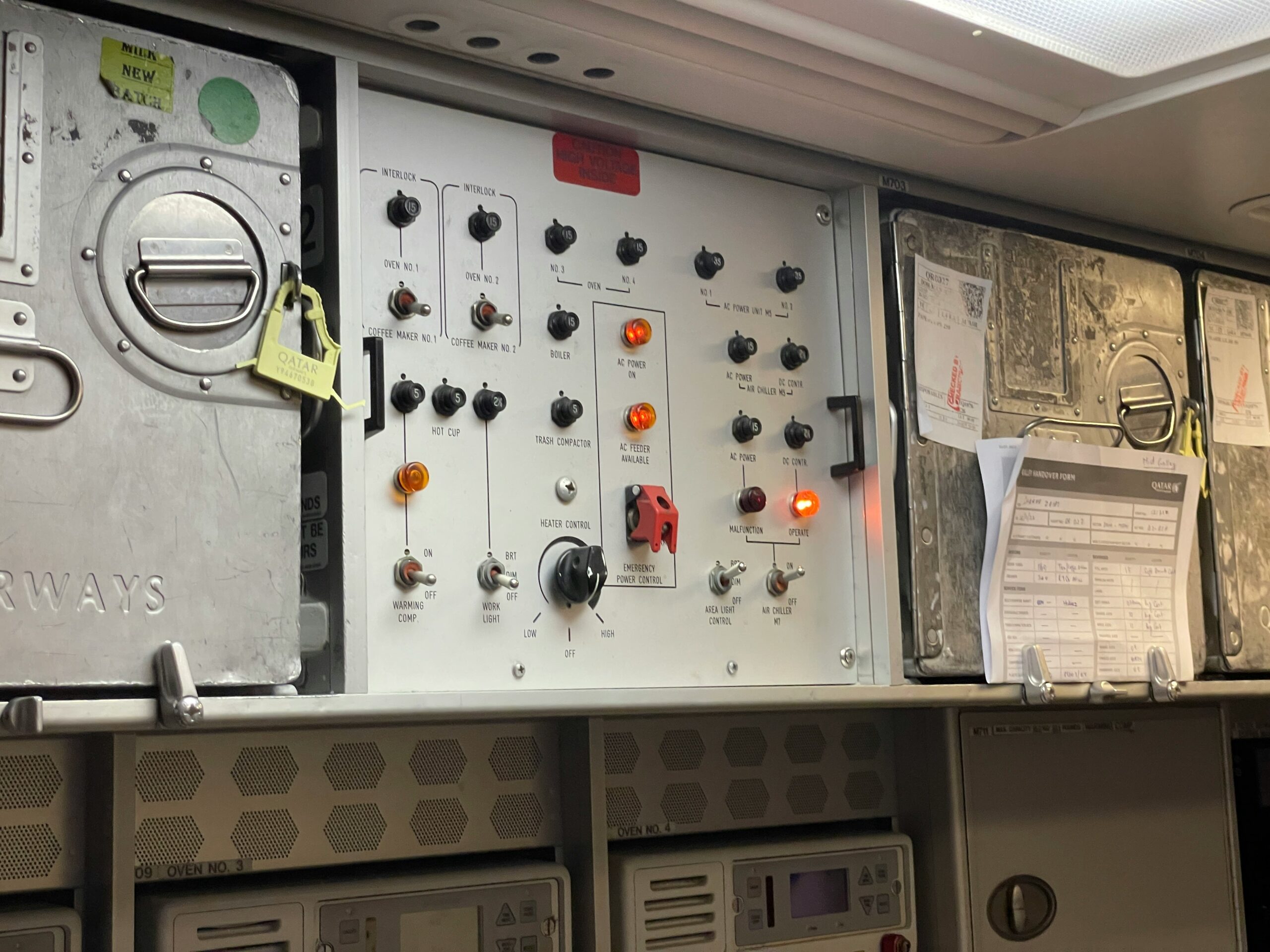
Controls engineering, as we know it today, has a rich and fascinating history rooted in the Industrial Revolution. In its earliest form, control systems were simple mechanical devices designed to regulate basic machine functions. One of the most well-known early examples is James Watt’s steam engine governor, a feedback mechanism that maintained a constant speed. This innovation marked the beginning of a field that would eventually evolve into a critical pillar of modern automation and industrial systems.
As industries expanded, so did the need for more precise and efficient ways to control machinery and processes. Mechanical systems gave way to electrical control methods, leading to a transformation in how engineers approached automation. The shift from manual to automated control was not just a matter of convenience but one of necessity as industries demanded faster production and higher levels of accuracy.
From Analog to Digital: A Technological Leap
The development of electronic systems during the mid-20th century gave rise to the next major leap in control engineering. Analog control systems, which relied on continuous signals, were the standard at the time. These systems provided a great deal of flexibility but lacked the precision and reliability that modern applications would come to demand.
With the advent of digital technology, control systems began to evolve rapidly. Digital control systems introduced microprocessors and programmable logic controllers (PLCs), enabling engineers to program and automate processes in ways that were previously unimaginable. These advancements allowed for greater accuracy, improved safety, and reduced human error in industrial settings.
By the 1980s and 1990s, digital control had become the norm. Engineers could design systems that not only performed specific tasks but also responded dynamically to changing inputs. This was a turning point that opened the door to more advanced fields like robotics, mechatronics, and industrial computing.
The Rise of Automation and Smart Systems
In recent decades, the focus of control engineering has shifted once again, this time toward automation and intelligent systems. With the rise of Industry 4.0, the integration of digital technologies such as artificial intelligence, the Internet of Things (IoT), and machine learning has redefined what control systems can do.
Modern control engineers no longer work solely with circuits and code. They must understand data analytics, networking, cybersecurity, and cloud computing to create systems that are both smart and secure. Today’s control systems can learn from data, predict equipment failures, and optimize operations without human intervention. This level of intelligence has revolutionized industries from manufacturing to energy, transportation, and even healthcare.
Real-time monitoring and remote control capabilities have also become essential in today’s connected world. Plants and facilities can now be managed from thousands of miles away with the help of integrated software platforms and wireless communication technologies. This connectivity has made systems more flexible and responsive, ultimately improving performance and reducing downtime.
The Expanding Role of the Controls Engineer
As the field has evolved, so has the role of the controls engineer. What once was a highly specialized profession focused on mechanical or electrical systems has grown into a multidisciplinary career. Controls engineers today must be comfortable working across a wide range of technologies and collaborating with professionals from different engineering backgrounds.
In addition to technical skills, modern controls engineers must also possess strong problem-solving abilities, creativity, and a deep understanding of the industries they serve. Whether designing an automated assembly line, programming a robotic arm, or integrating smart sensors into an existing system, their work is critical to ensuring efficiency, safety, and sustainability.
Moreover, regulatory standards and environmental concerns have added another layer of responsibility. Controls engineers are increasingly involved in designing systems that minimize waste, reduce energy consumption, and meet stringent compliance requirements. This shift has not only broadened the scope of the profession but also elevated its importance in creating a more sustainable future.
Education and Future Prospects
As the profession has grown in complexity, so too has the educational path required to enter it. A strong foundation in mathematics, physics, and computer science is essential. Along with specialized coursework in control theory, systems modeling, and industrial automation. Many universities now offer dedicated programs in control engineering or related fields such as mechatronics and robotics.
Looking ahead, the demand for skilled control engineers is expected to remain high. As automation continues to expand into new sectors and technologies become more integrated. Professionals in this field will play an even more vital role in shaping the way we live and work. From self-driving cars to renewable energy grids, control engineering will be at the heart of innovation.
A Profession of Continuous Change
The journey of control engineering from simple mechanical devices to intelligent. Networked systems illustrates a story of continuous adaptation and progress. It is a profession that has not only kept pace with technological change but often led the charge.
As we look to the future, one thing is clear: control engineering will remain a cornerstone of technological advancement. With every new challenge comes an opportunity for growth, and controls engineers will continue to guide industries toward more innovative, more efficient, and more sustainable solutions.